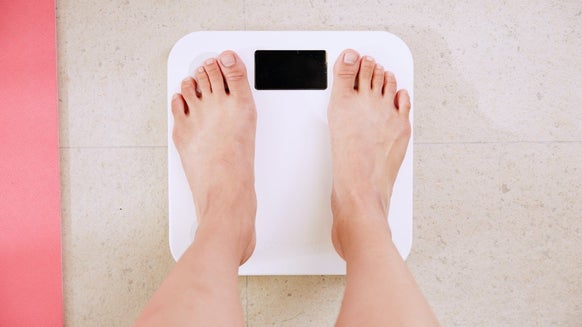Written by Jack Boardman
Fight Off Calories By Boxing
Let’s paint a picture: you’ve been a social butterfly and attended every work do, networking event, Christmas party and last night out before the New Year that was offered. On top of that there was the food. At Christmas, this can mean thousands of calories in one sitting, with sausage wrapped in bacon, stuffing, spuds, poultry and puddings galore.
In between there is the tins of chocolates and biscuits to pick at when you’re peckish, and of course the mounds of mince pies. You’re not one to be impolite and someone’s put in a lot of working preparing all those festive feasts and finger buffets so you’ve turned very little down, despite the alarm bells ringing at your ratio of exercise to calorie consumption.
And, after all, Christmas comes once a year and you’d regret not joining in. The trouble is, between the fun with friends and quality time with family, you’ve not had a lot of time to get to the gym and your workout routine has been thrown firmly out of the window.
You’ve spent the holiday season playing hard, but if you’re willing to work hard too, one of the best workouts you can do to burn off all those Christmas calories is boxing training. With a quality boxing session, you’re looking at burning away in excess of 500 calories. We’re not talking about sparring here as if you’re inexperienced you won’t be looking your best if you get a black eye.
Boxing training can have the same effect as high-intensity interval training (HIIT). In terms of pace, this means sprinting or the equivalent depending on your exercise of choice. The key is to get your heart rate up and maintain it for the duration – that’s why they call it intense.
Which Muscles Are You Training?
As well as the buckets of sweat you’ll pour, the calories you’ll be burning and your racing heart rate, you might not have realised you’ll be training your muscles too – and at the end of twelve rounds they are going to be exhausted and tight.
When you throw a punch, you will work the pectorals, deltoids, triceps, latissimus dorsi, glutes, quadriceps and hamstrings. The main muscles that you’ll use are the upper body core muscles that connect your shoulders, arms and lats. These are what will generate your punching power, but further to this, a powerful punch comes from the legs, which is how you’ll be working the glutes.
Most perfect of all for your expanding waistline - thanks to Christmas pudding - is how boxing works the core, waist and abs by contracting and twisting.
High-Intensity Interval Training
Okay, so you’re not fighting for the heavyweight champion title – unless you really did eat too many mince pies. So what’s the idea behind 12 rounds if it’s only a competition with yourself?
This is where the HIIT element comes into play. You need only boxing gloves and hand wraps (you don’t want a broken hand) and then either a training partner to hold pads or a punchbag. Arguably this could be achieved without pads or a punch bag, in the style of a boxercise class, but for many the target of a pad or a bag makes the difference; the impact to your fist will help you to realise how much work you’re putting in. Also, if you have any pent up aggression from over the festive season, or have had too much sugar, hitting a punchbag might be a good way to release the frustration since the last family Monopoly game.
That said, power hitting isn’t the aim here. You should be working on quick pops and jabs. At first, this might seem easy going, but by the later rounds you’ll be struggling. This is where another rule comes into play: don’t let your elbows drop. They should remain firmly up throughout each round with your legs at shoulder width apart.
Using a stopwatch, time each round at three minutes, with a strict one-minute rest in between. For the entire three minute round you must work at high intensity. This means fast arm movements (hence why you shouldn’t hit too hard). The aim is to get your heart rate up via this intense workout and keep it up for the whole three minutes. Hydrate on every other interval.
How Often?
Two or three sessions all week should be adequate. You don’t want to overwork the muscles, so mix this up with some light jogging on other days if you feel the need. And remember: you’re looking to burn calories, but you still need nutrition to make the most of your workout. Hydrate and get your protein in immediately after your 12 rounds and you’ll be in fighting form for 2017.

Dan Speakman is our editor and level 3 qualified Personal Trainer. Having spent time in Australia, he has experience in planning and delivering exercise plans to beginners and advanced athletes — both in the UK and down under.
Dan has also run successful weight-loss camps across the UK, alongside regular training seminars, covering all areas of gym-based training. He also runs weekly fitness boot camps and spin classes.
When he’s not working, or in the gym, Dan enjoys travelling to sunnier destinations, eating out, and trying exciting new foods.






